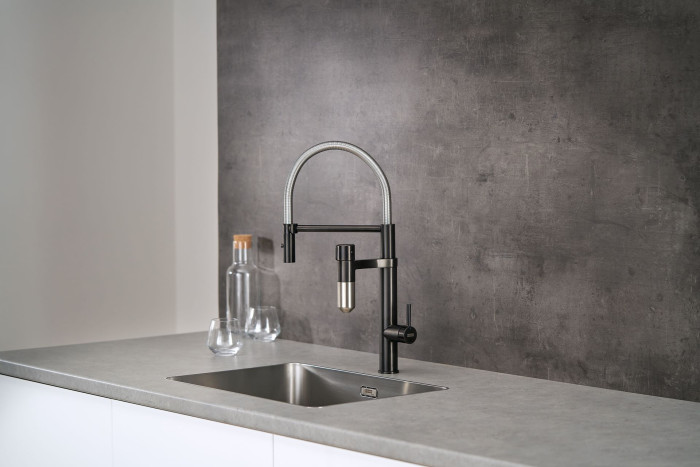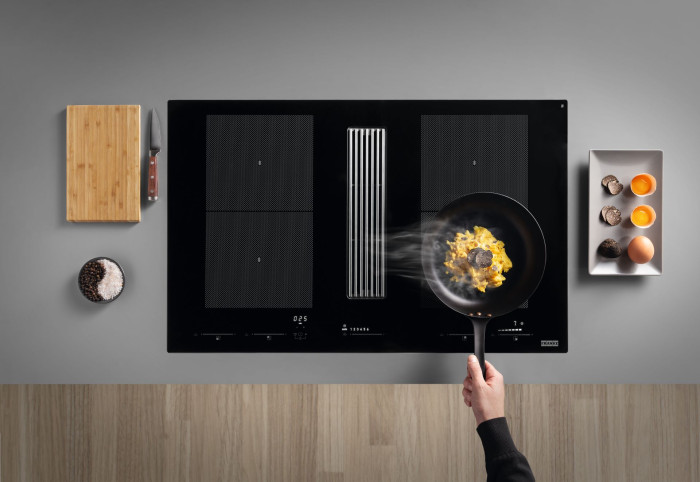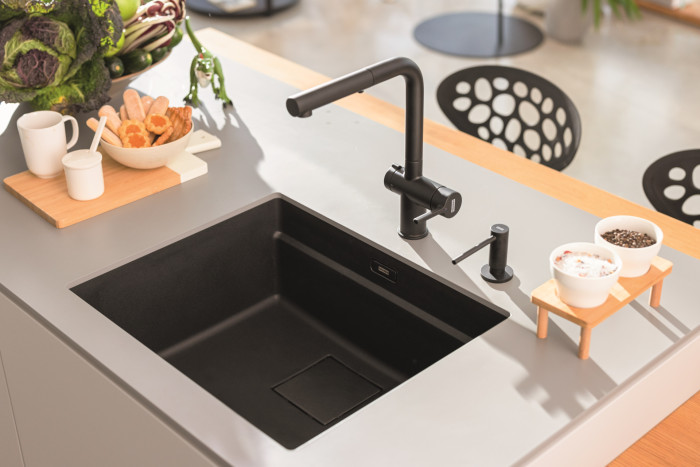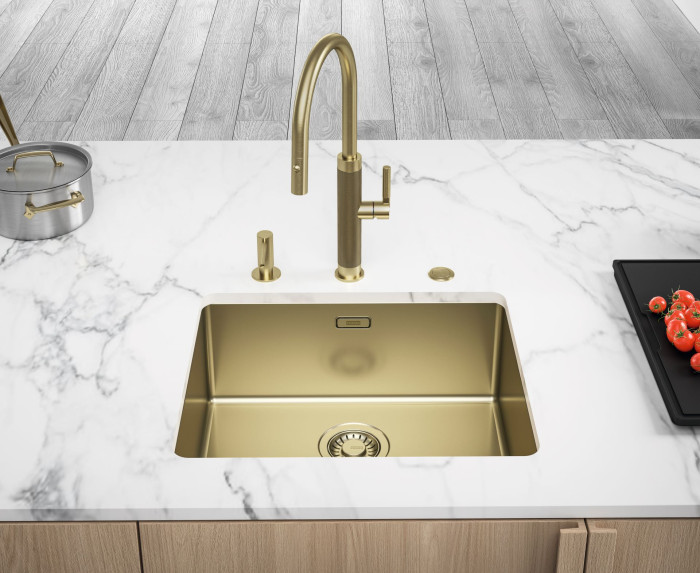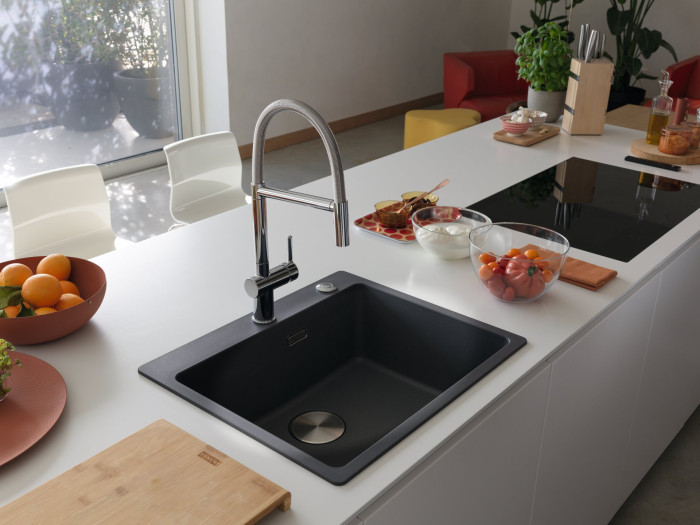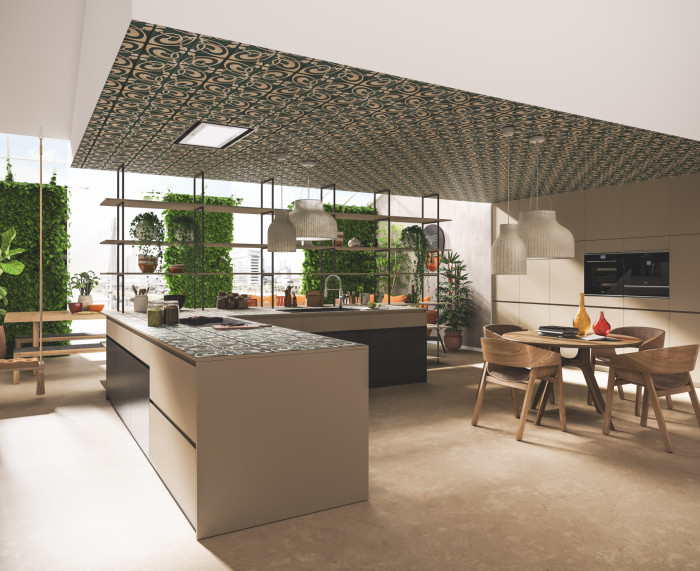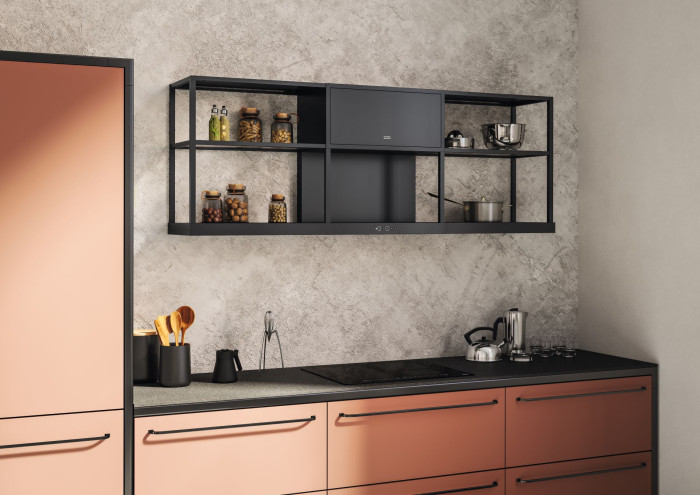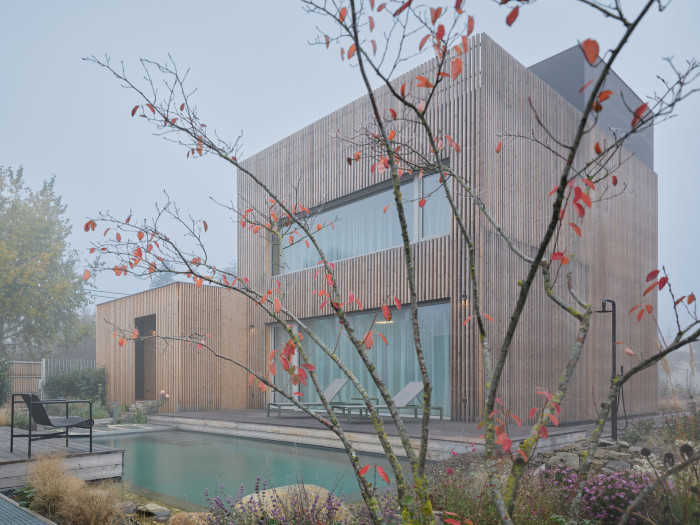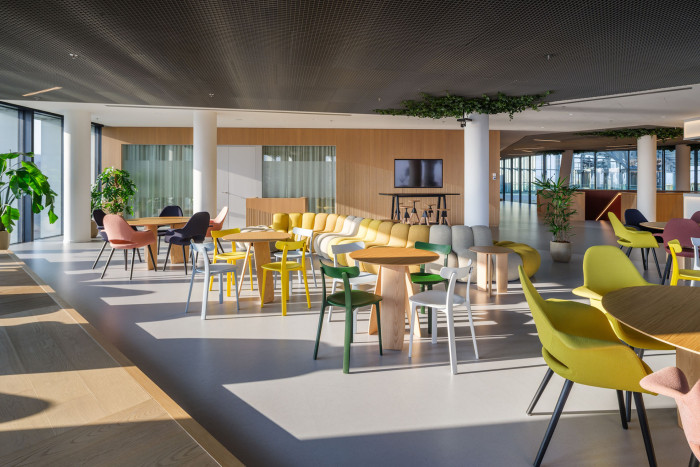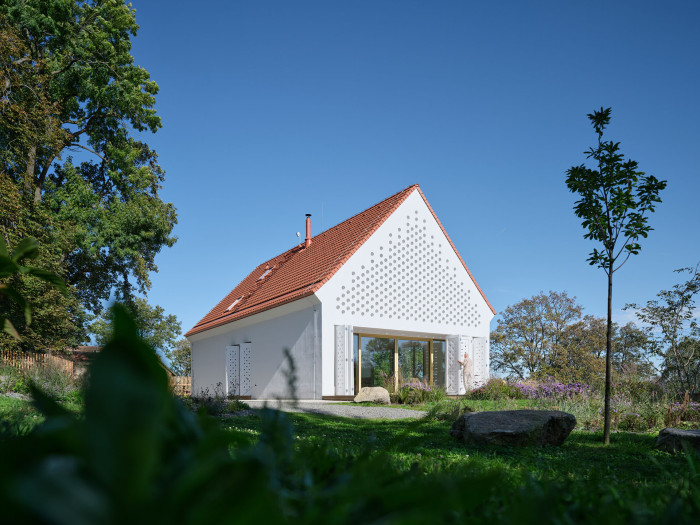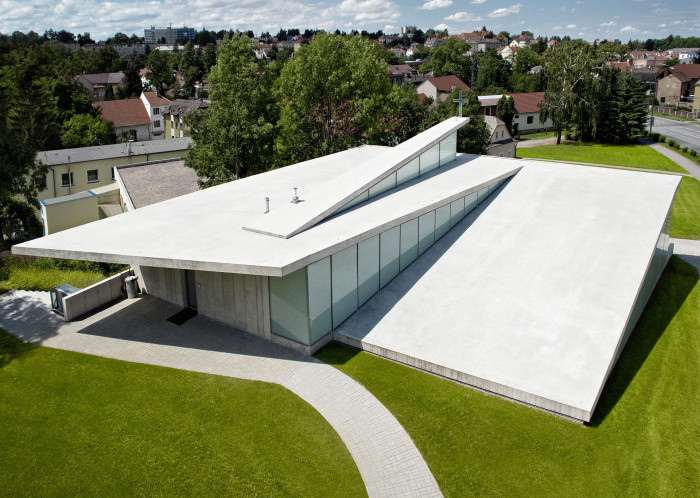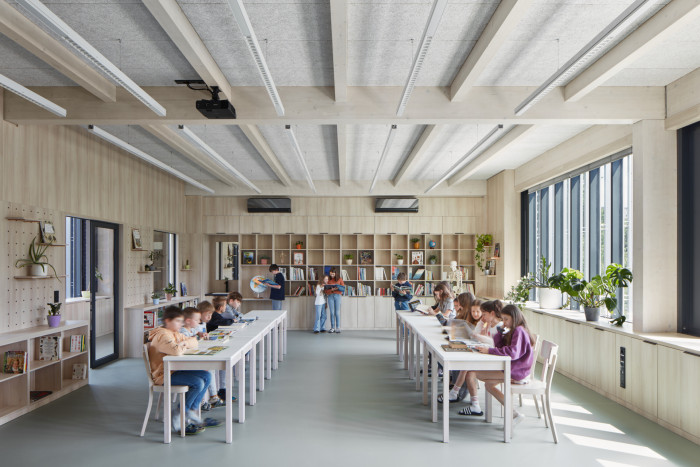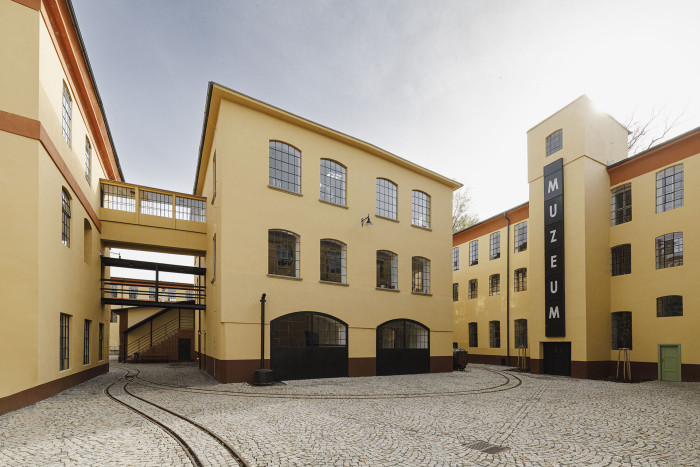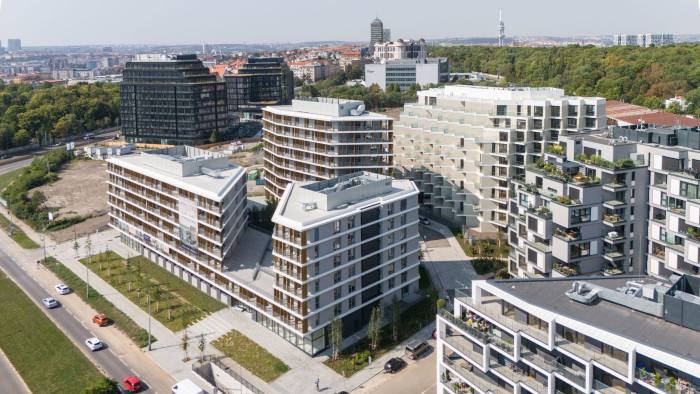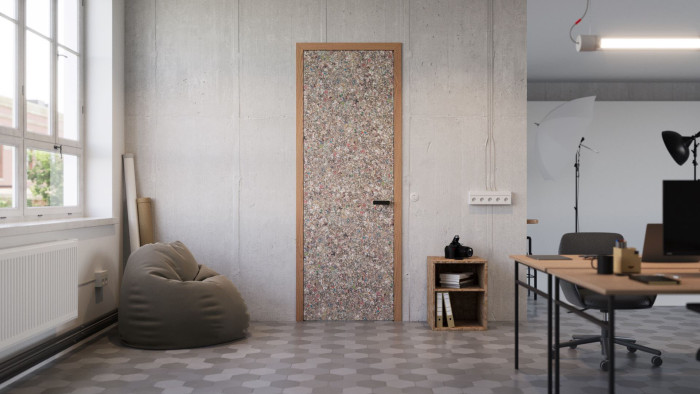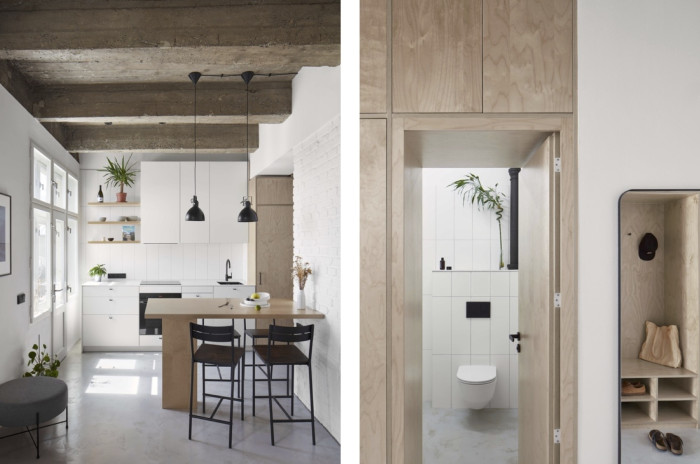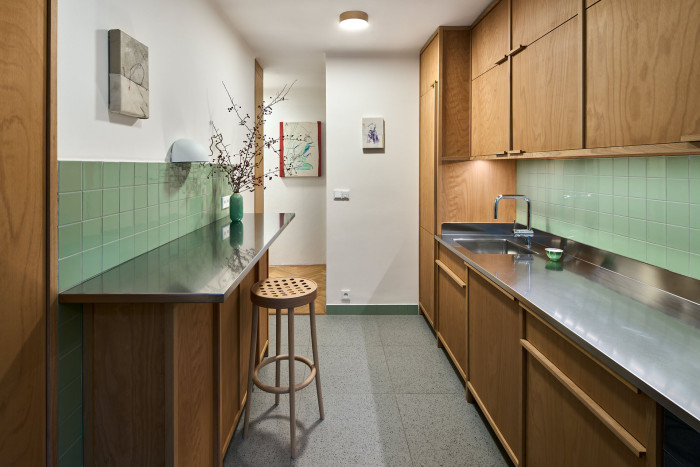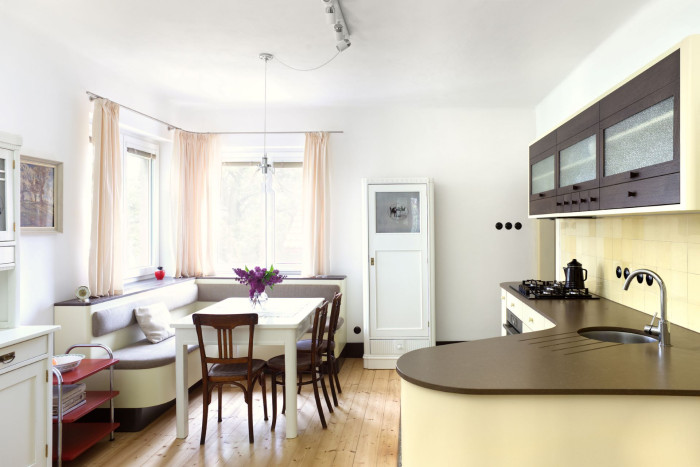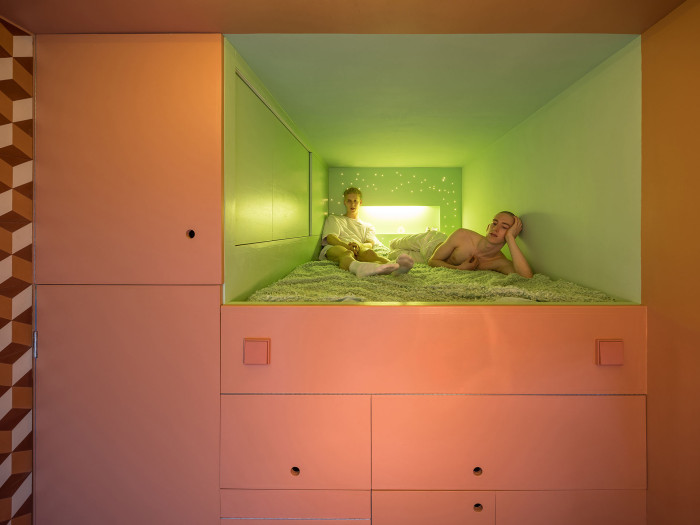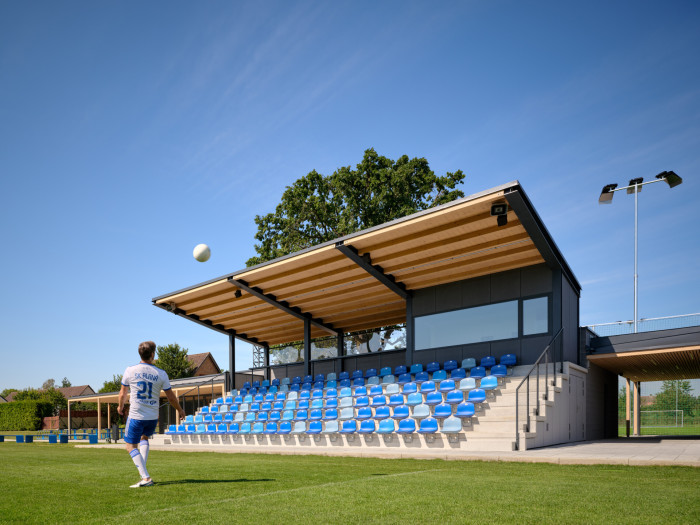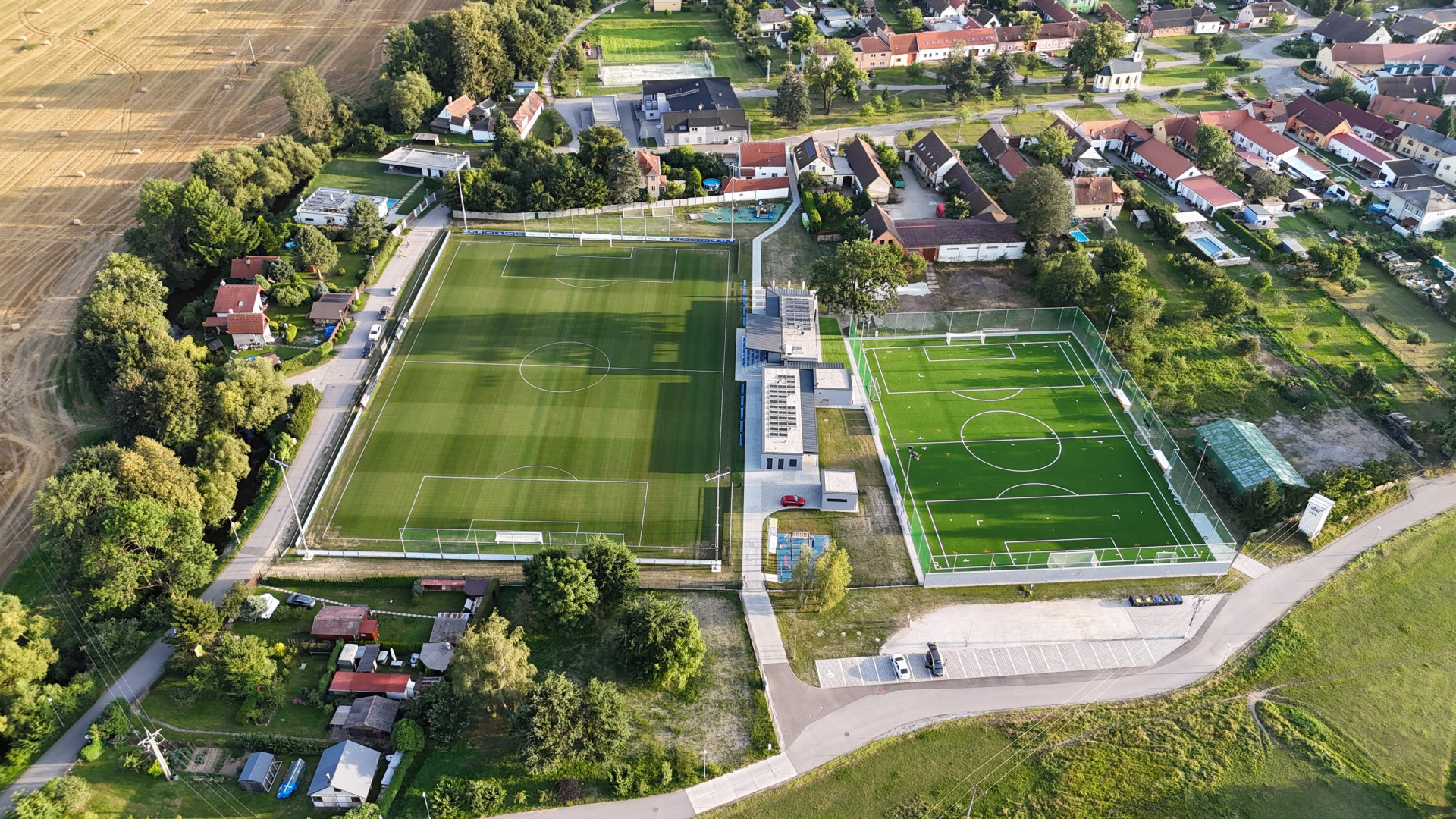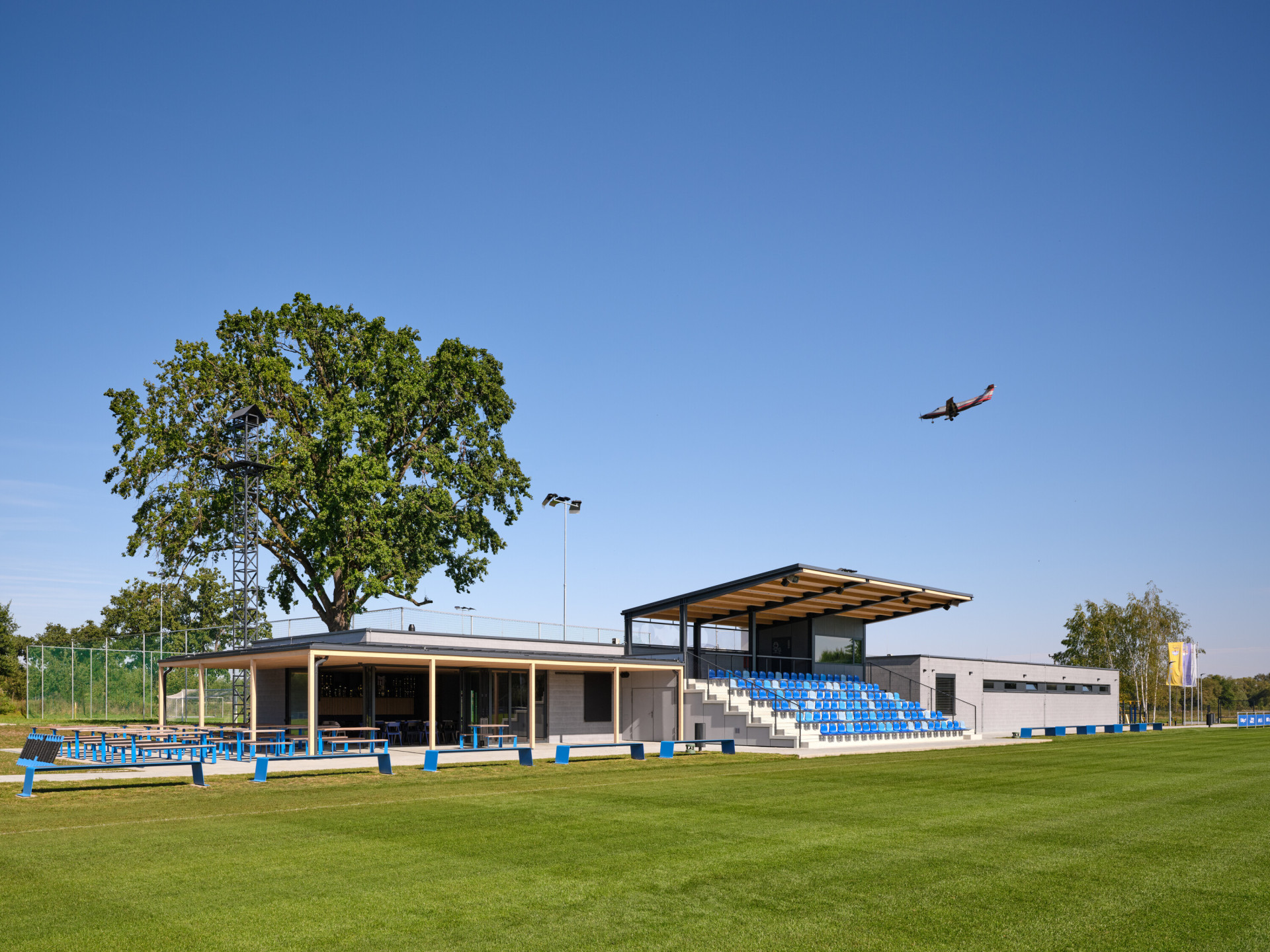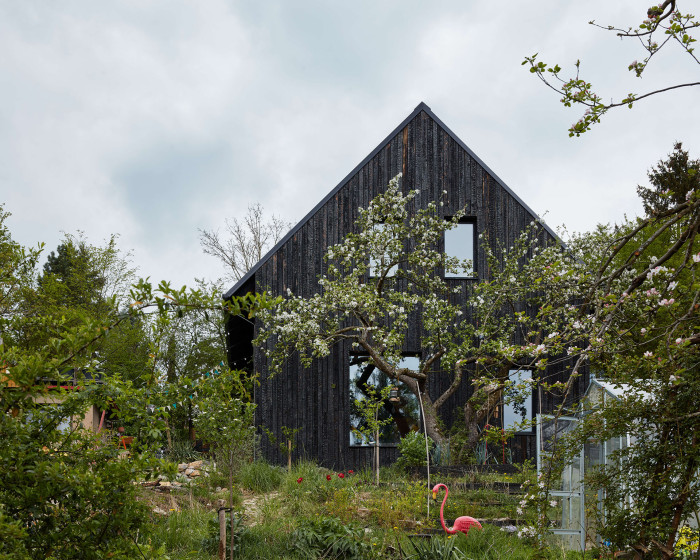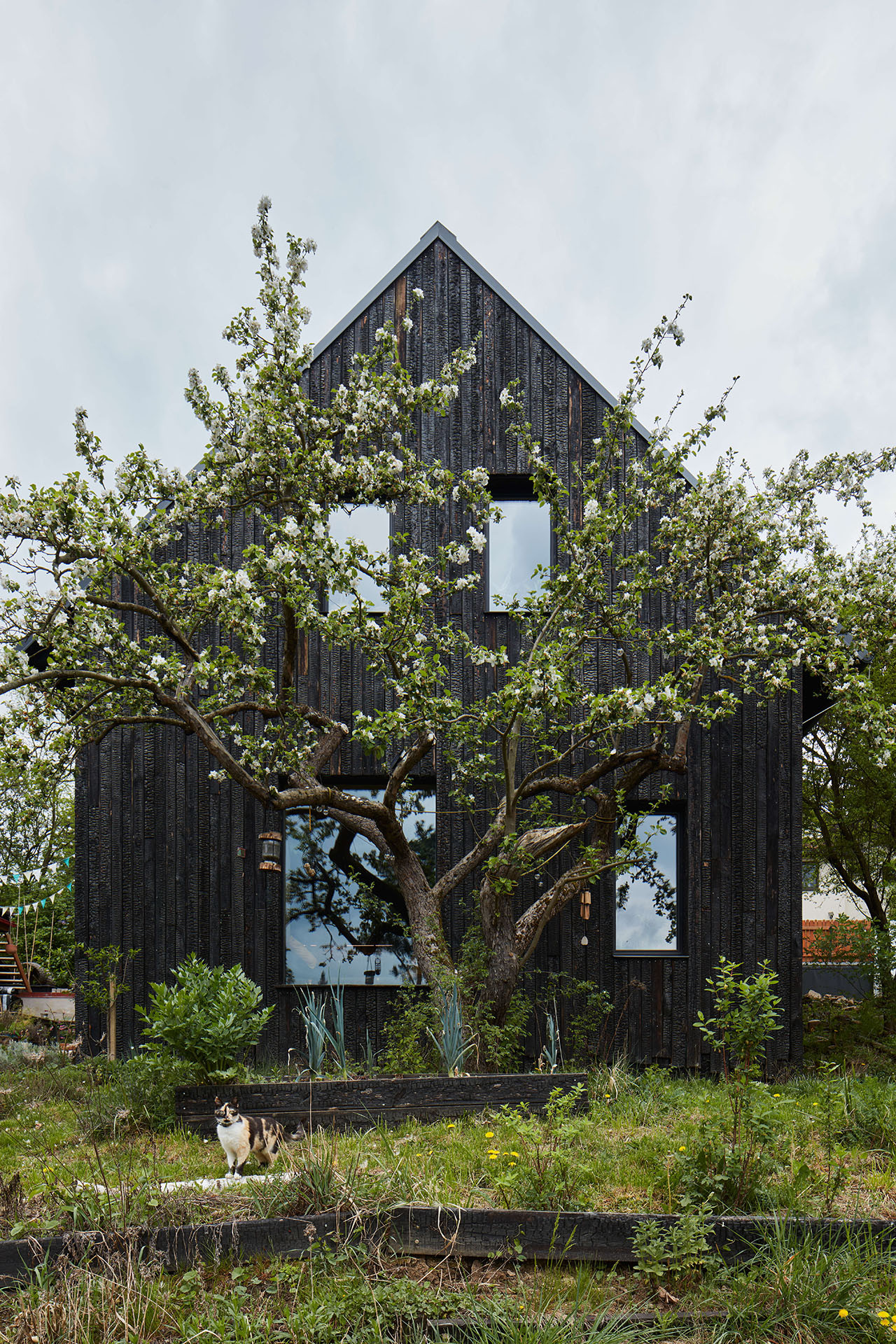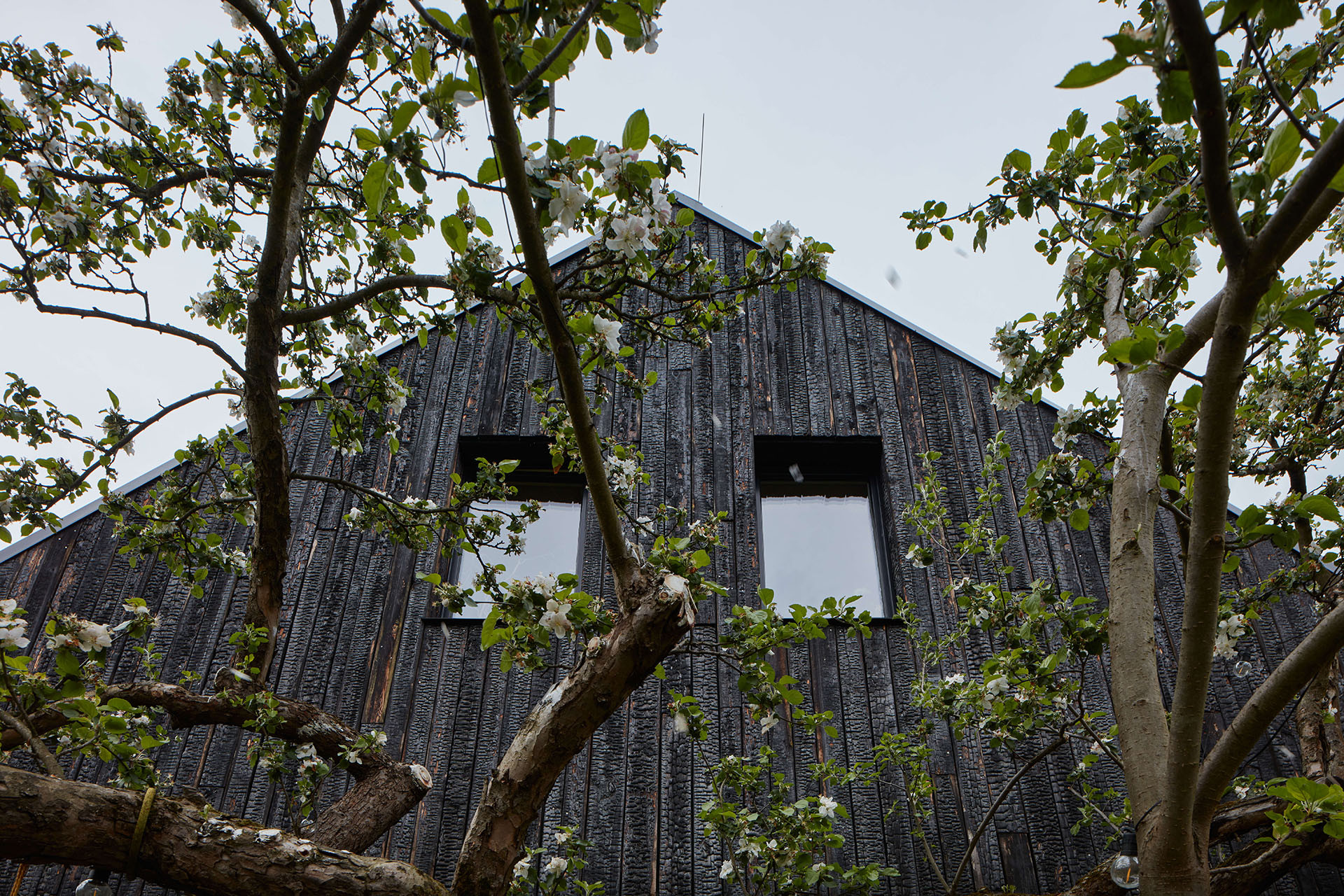VESTIGES OF INDUSTRY IN THE CZECH REPUBLIC
The unique former sewage treatment plant located in the district of Bubeneč in Prague was built as part of the city’s sewer system which was constructed in the years between 1895 and 1906 according to a project designed by the English engineer William Lindley. While in the surrounding European cities, perhaps owing to the greater attention paid to water purity, old sewage treatment plants came to be torn down and replaced with new ones, the Prague plant survived, despite the presence of intentions to demolish it, to become a rare and unique site, complete with the underground spaces and the on-site technology left in tact. The plant remained in operation until 1966, from which time it began to deteriorate only gradually, though money lacked for any kind of reconstruction, demolition, or implementation of initially radical and rather devastating projects focusing on new uses for the site (e.g. a water park).
Benjamin Fragner , 7. 9. 2003
Czech version - Industriální stopy (v České republice)It was finally in 1991 that the site and its technical facilities were granted heritage status. It was just good luck and a matter of chance that no one had managed by that time to initiate any of the ambitious projects planned for the site, which would have led to the irretrievable demise of the plant’s pricelessly authentic atmosphere and what is today nostalgically perceived as the message it conveys about technological ambitions and the strength of technical ingenuity. In its own way a paradoxical, but for the evolution of opinions on industrial heritage altogether typical, situation has emerged.Naturally this fact also played a role in choosing to locate the 2nd Biennial – Vestiges of Industry in the former sewage treatment plant in Prague at the end of June of this year. The nearly week-long event was primarily about the power of authenticity, the transformation of value criteria, and the technological and economic limits involved in preserving vestiges of industry in the post-industrial world and the search to find new uses for them.This interdisciplinary meeting of conservationists, architects, civil engineers (and this year also students of architecture and even people from the world of theatre) took place for the second time in Prague (the first was in 2001). This time however the event harboured even greater ambitions, and it featured international participation and a programme conceived as multifaceted, interdisciplinary and intergenerational in character. With the support of the Ministry of Culture of the Czech Republic, the meeting was organised by the recently founded Research Centre for Industrial Heritage of the Czech Technical University in Prague, in cooperation with the National Conservation Institute, the Society for the Protection of Industrial Heritage, the National Technical Museum, the Czech Chamber of Certified Engineers and Technicians, and the Czech Union of Civil Engineers.Several exhibitions ran simultaneously in the spaces of the old sewage treatment plant. The large hall mainly housed the exposition featuring alternative projects aimed at proposing new uses for industrial sites. Several dozen such projects were developed on the basis of an initiative put forth by the Research Centre for Industrial Heritage and designed by the students from architectural faculties at technical universities and from the Academy of Applied Arts in the Czech Republic. Using examples of industrial sites at risk (contained in part in the volume on industrial buildings at risk, which the Research Centre for Industrial Heritage published on the occasion of the Biennial, including, for example, the former ice houses in Braník, the brewery in Postoloprty, the malt houses in Podbaba, the train station in Pilsner, the industrial zones of the city of Ostrava, the iron and steel works in Kladno) the projects reflected the current groping search for value criteria, the ambiguous relationship between the content and function of re-used buildings, and the problems of context and the “value of age”. The second exhibition, in its own way also of a very topical nature, allowed for the first time public access to part of the historical plans and models for technical works and industrial buildings from the collection of the National Technical Museum in Prague, salvaged and restored following the damaging floods in the summer of 2002. Reflections were made on the underestimated significance that the message of authenticity contained in the historical plans and archive documents actually holds for the search to find new functions for abandoned sites. The exhibitions introduced the framework for the professional highlight of the conference – a two-day conference organised with the support of the Visegrad Fund. The conference examined the similar experience with industrial heritage shared by former communist countries, primarily in terms of legislation, ownership ambiguity, and the search for practical solutions.> konference II. bienále industriální stopy At events of this kind there clearly always remains the question of making the discussion of the subject relevant and rendering the event itself instrumental in fulfilling the intentions in the words that have been spoken. The raw but attractive industrial environment of the former sewage treatment plant seemed to suggest a response. Throughout the week, at the end of each day of the Biennial, a site-specific performance, developed by the Drama Faculty of the Academy of Music, was presented in the underground spaces of the plant. The general public, who otherwise, given the lack of information and persistent misconceptions, would have difficulty in establishing an understanding of the issue, also gained enlightenment on the significance of “vestiges of industry”. The third and final Biennial on this subject should be held in the Czech Republic in 2005, again mainly as an opportunity for generating the initiation of professional, cultural and social activities in the environment of abandoned industrial sites. Initial thought is being given to locating the next meeting in the former Vojtěch ironworks in Kladno, just outside Prague. Foto: Benjamin Fragner





